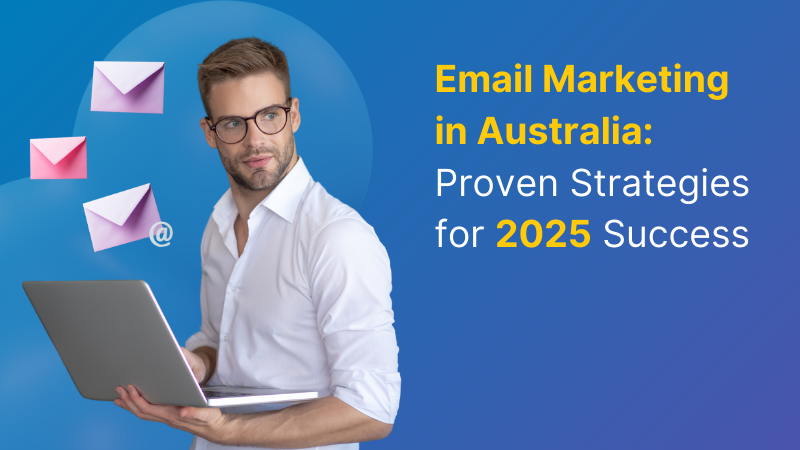Social selling is a powerful way to sell.
Platforms such as LinkedIn and Facebook can be leveraged to create campaigns that can target prospects because they are non-threatening and easy to work with.
In fact, companies with no social selling are missing out on a wealth of opportunities.
In this guide, we take a look at social selling that actually works.
Your Ideal Audience
The first step in social selling is the same as in other marketing strategies, knowing your audience.
By being able to target ideal customers, marketers can narrow down their searches and be more efficient with the marketing resources that they have.
An ideal customer/audience should be identified using factors such as their industry, geographical locale, age, job title, average income, etc.
However, it doesn’t just stop there.
The next step is to properly segment these lists, to create more personalized messaging that can resonate with the targets.
Ideally, LinkedIn is the best platform for social selling due to it having the largest number of professionals on board. However, social selling is also applicable in other platforms such as Facebook.
On LinkedIn, tools such as their Sales Navigator can be used for targeted prospecting.
However, this shouldn’t stop a marketer from using other third-party prospecting tools or employing a specialized agency to help them out.
Creating Messaging That Converts
Let’s break down messaging into two parts.
- Outreach Messages – conversations that are started to reach out to targets on a platform
- Posts and Activity – this can be anything from infographics, white papers, lead magnets, etc.
Creating messaging that converts involves marketers focusing on one main question: “does the message appeal with the intended recipient?”
If it doesn’t, then it’s back to the drawing board for marketers.
Personalization and tracking metrics is what counts, one has to make sure that messages that don’t work are switched out immediately.
Another important note is that messaging shouldn’t be too pushy, one can’t pitch in the first message nor should they immediately overwhelm their clients with offers.
Lead nurturing before and after the pitch matters.
Building Activity
Another aspect of social selling that isn’t frequently discussed is the amount of activity that one should have on any given platform.
The short answer: a lot.
Engagements
Normally, it’s highly recommended to spend at least one hour per working day engaging with potential prospects and posting replies on the platform of choice, whether it be Facebook or LinkedIn.
It works because it “warms up” accounts so they won’t be flagged as spammy by social algorithms, and it also shows potential prospects that a seller is friendly, outgoing and approachable.
In addition, there is the benefit of increasing the surface area of a seller’s campaign by having comments/likes in front of more eyeballs instead of just relying on individual posts or outreach messages.
Actual Posts
The real purpose of posts is to use them to nurture leads that have already been messaged.
How often should marketers be posting? At least three times a week is a good number, with three posts, there is no way that prospects could miss out on seeing a post after they’ve gotten an initial outreach message.
Creating a Multichannel Workflow
Social selling shouldn’t involve just one channel even if efforts are concentrated on a main one.
Here’s an example.
If LinkedIn is being used as the primary channel, marketers can retarget prospects via Facebook custom audiences, and hit them up with emails afterwards.
Spreading the surface area enhances lead nurturing efforts and allows prospects plenty of avenues to communicate back.
The caveat being that a marketer shouldn’t go overboard or it can oversaturate the prospect.
Converting Social Profiles Into Funnels
Once a prospect becomes interested in what a brand has to offer, there’s a high possibility that they’ll end up on the seller’s profile.
Now the time that they spend on the profile is absolutely critical to converting.
They can either be motivated to continue their interest in the brand or be turned off by the lack of information and appeal.
This makes profile optimization absolutely critical, especially on platforms such as LinkedIn where social selling is the norm.
Now discussing profile optimization varies from one platform to the next, but here’s a quick list of what marketers have to keep in mind:
- Header images and photos have to be utilized like banner ads to take advantage of visual real estate
- “About” information has to contain marketing copy, contact information, relevant keywords, and CTAs for maximum conversion
- Social proof has to exist in the form of engagements from other people – on LinkedIn for instance, people can get recommendations for their work making this process easier
A social profile is a landing page and it should be treated as such.
Social selling is a great addition to any marketing strategy because it doesn’t require a lot of resources to start. It’s cost-effective, easy to deploy, and measurable.
In the new normal, it’s one of the best ways forward to bring in growth to your business.













